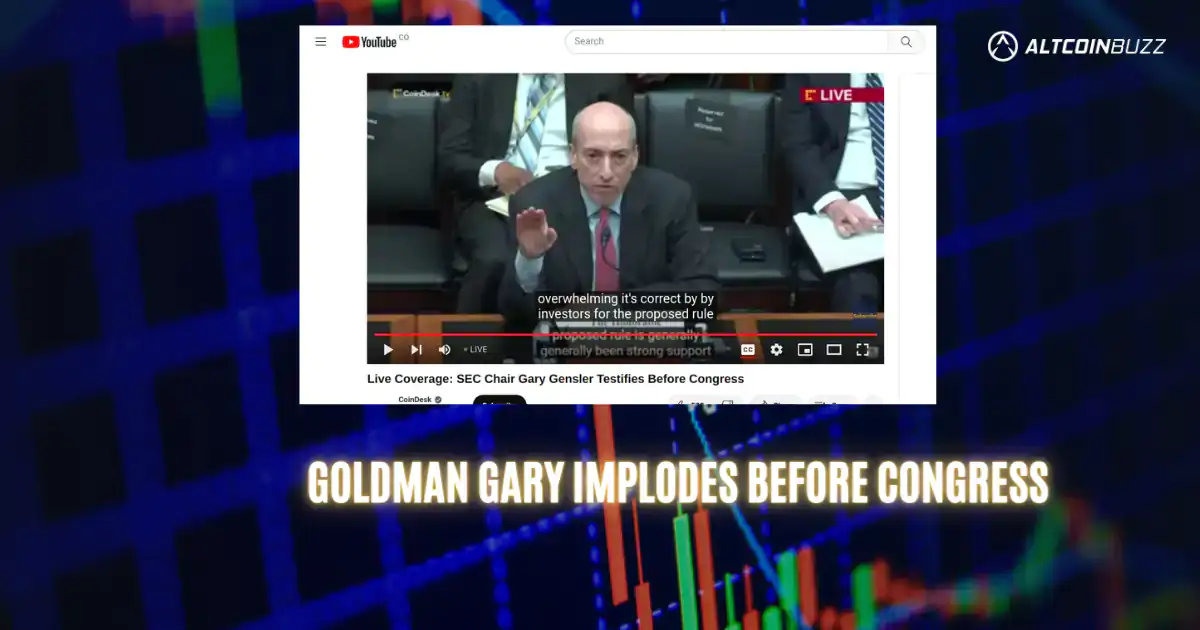We are capable of sailing on sunbeams.
LightSail 2, the first mission to successfully demonstrate solar sail technology, has been in orbit for more than 30 months, far surpassing original estimations. After launching on July 2, 2019, the mission raised a small spacecraft's orbit by 1.9 miles (3.2 km) using only the propulsive force of photons, or light beams, from the sun.
It's a big benchmark for relatively new technology.
In an interview with IE, we asked Planetary Society President Bill Nye, (yes, the same renowned "Bill Nye the Science Guy"), whether the project has exceeded his expectations. "LightSail 2 is still flying!" answered Nye. "I thought — the engineers thought — the ship would sail for a while but be brought down by aerodynamic drag in less than a year."
It wasn't.
Achieving flight by light for the first time
The Planetary Society, the non-profit organization behind LightSail 2, launched its project to orbit in 2019 as the first proof-of-concept solar sail mission after crowdfunding it to the tune of $7 million. But the mission did more than merely prove that flight by light is possible: It reliably beamed data back down to Earth.
"We all felt that the software onboard along with the imaging capabilities we have on the ground would do a pretty good job. But wow, the pictures are stunning," Nye said, referring to the almost constant stream of Earth photographs captured by LightSail 2's onboard camera since the spacecraft's 32-square-meter sail was first deployed almost a month after launching aboard a SpaceX Falcon 9 rocket.

The mission was a massive team effort, from the crowdfunding initiative to the teams at California Polytech, Purdue, Georgia Tech, and Hawai'i Community College, all led by the Project Manager Bruce Betts. "My expectations are exceeded indeed thanks to the visionary members of The Planetary Society, who made this mission possible," Nye explained.
But the best part? This entire enterprise only scratched the surface of what solar sail technology can do for space exploration.
The inspiration behind LightSail 2
The idea that sparked LightSail 2 is rooted in a more than 400-year-old observation of the cosmos. "[T]he concept of solar sailing dates back to 1607, when a bright comet appeared in the night sky, which both frightened and fascinated people," explained Nye, to IE. "Johannes Kepler, after whom Kepler's Laws of Planetary Motion are named, observed the tails of what came to be called Comet Halley, and concluded that there must be something about sunlight that creates a comet's dazzling tails."
"The notion of sunbeams interacting with a celestial object inspired Kepler to imagine ships sailing through space on starlight, just as ships sail before the wind on Earth," Nye added. "In 1608, he wrote a letter to his friend Galileo Galilei: 'Provide ships or sails adapted to the heavenly breezes, and there will be some who will BRAVE even that void.'"

Fast-forward to the mid-1970s: Planetary Society Founder Louis Friedman led a NASA effort to send a solar sail to the very same Comet Halley, while famous science popularizer and Planetary Society co-founder Carl Sagan — who also happened to be one of Nye's professors at Cornell University — promoted the project on The Tonight Show with Johnny Carson. They proposed a lightweight spacecraft that would be propelled towards the comet by the momentum of photons from the Sun hitting a light sail.
While that mission never materialized, in 2005, the Planetary Society crowdfunded the first-ever solar sail mission attempt, called Cosmos 1. This mission failed to reach orbit aboard a repurposed Russian Cold War rocket, which brings us to 2009, when the organization started to develop LightSail. "We were inspired by the emergence of CubeSats: small, low-cost, nominally cubical spacecraft that can be deployed with a standardized, compact, highly reliable, launcher system," Nye said. "Our LightSail 1 and LightSail 2 spacecraft have advanced solar sail technology, features of which are being incorporated in upcoming NASA CubeSat missions. It's gratifying."
The legacy of LightSail 2, the world's first successful solar sail
Those upcoming NASA solar sail missions are Solar Cruiser, ACS3, and the Near-Earth Asteroid (NEA) Scout mission. The first to launch will be NASA's NEA mission, which will liftoff this March to chase down the smallest asteroid ever studied by a spacecraft. It will reach orbit aboard the Artemis I test rocket and will be the first fully operational NASA mission to utilize solar sail technology for propulsion.
The Planetary Society works closely with scientists and engineers to develop advanced solar sail technologies, and NASA's upcoming missions will "use a sail largely derived from LightSail 2's design," explained Nye. "We share data and facilitate additional studies to help these mission teams learn from our experiences. We document and archive our LightSail 2 data so that it will be available for analysis by future missions."

The LightSail 2 data could provide critical breakthroughs with concrete applications for forthcoming missions. "There are a few missions for which a solar sail spacecraft is uniquely suited," said Nye. "When an object or planet, like Venus, is in an orbit closer to the Sun than Earth, it goes around the Sun faster than we do. A solar sail could provide the extra bit of force needed for a spacecraft, in a closer, or 'inferior orbit' to stay aligned, or 'keep station' with Earth."
In other words, solar sails could make crucial, light modifications to a spacecraft's trajectory, whether it's minute acceleration, or maintaining a parallel orbit with Earth — or other cosmic bodies.
"A spacecraft monitoring solar coronal mass ejections, for example, could [also] provide nine hours' warning of an event that could ruin our communication systems here on Earth," Nye said.
"Now when people really start thinking big, they envision a solar sail driven by lasers on Earth to fly all the way to another star system," he added. "An idea that would literally be 'far out.'" The Planetary Society president may be referring to the work of Breakthrough Initiatives, which aims to build a spacecraft, called Breakthrough Starshot, with the capacity to reach our nearest star, Alpha Centauri, in 20 years. And it would use light sail technology, combined with the power of millions of laser beams. But to make it happen, we'd need enough light to propel the spacecraft at roughly one-fifth of the speed of light.

And there's more to come. In the future, there might be a LightSail 3, completing a perfect trilogy of solar sail missions.
But not from The Planetary Society.
"LightSail 3 is for other people to take on, not necessarily with that name," said Nye. "Our role is to get a technology ready to hand off to the world to be implemented by others. We're a membership organization, and our members are enthusiastic about a lot of things," he says. "What we're really looking for now are new ideas."
Small moves, interstellar payoff - While in essence a simple idea, LightSail 2 required vast interdisciplinary effort, was successfully launched, and perfectly deployed. Most crucially, it proved that sailing on sunbeams is possible. And this technology could one day take us far beyond the outer reaches of our Solar System, elevating us to a new status as an interstellar species. And that means practically limitless resources from other planets, new ways of thinking and being, and perhaps, the "holy grail" for many: contact with intelligent aliens.


There has been a lot of talk about China and a new Sputnik moment for America, but such talk ignores why the original Sputnik moment was so traumatizing.

 Galactic archaeologists find the ancient heart of the Milky Way
Galactic archaeologists find the ancient heart of the Milky Way
 How keeping cool just went green, thanks to solid refrigerants — The Blueprint
How keeping cool just went green, thanks to solid refrigerants — The BlueprintThe 8-year-old app developer: Rishi Shiv Prasanna's inspiring story
A Sony satellite? Japanese giant tests water-based space propulsion
US Air Force performs final test on HAWC hypersonic scramjet missile



 BlocksInform
BlocksInform










